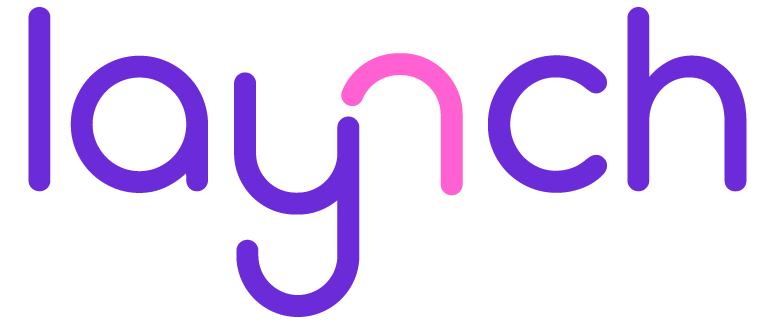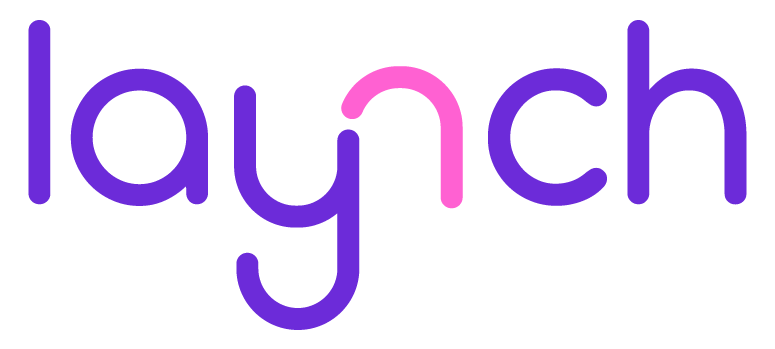Creating an inclusive classroom doesn’t mean lowering expectations, it means raising the bar for every student, regardless of ability, background, or learning style. Teachers across the globe, especially in Australia, are embracing inclusive practices to make sure every child feels seen, valued, and supported in the learning environment.
Here’s a simple, practical list of 10 inclusive classroom strategies that genuinely work. They’re not only effective but also easy to implement, whether you’re a new teacher or have years of experience.
1. Start with a Welcoming Environment
First impressions matter. Make sure your classroom setup, wall displays, and seating send a clear message: You belong here. Include visuals that reflect diverse cultures, abilities, and family structures. Small things, like learning student names quickly and displaying their work, help build a sense of ownership.
2. Use Flexible Seating and Grouping
Some students work best at desks, others on cushions, beanbags, or standing desks. Give them safe, manageable choices. When it comes to group work, rotate partners or let students choose occasionally, this encourages collaboration, confidence, and comfort in learning together.
3. Incorporate Visual Supports
Whether it’s a daily schedule, classroom rules, or instructions, visuals are a powerful support. Picture charts, color-coded folders, and step-by-step task boards help students, especially those with autism or language difficulties, stay on track without constant reminders.
4. Use Clear and Consistent Instructions
In an inclusive classroom, clarity is key. Use simple language, repeat instructions if needed, and check for understanding. Pair verbal instructions with written ones or gestures. This reduces confusion and builds routine for students who need structure.
5. Implement Universal Design for Learning (UDL)
UDL means planning lessons that work for everyone from the start. Offer multiple ways to learn (videos, readings, hands-on tasks), multiple ways to show understanding (projects, discussions, writing), and provide options that meet different needs without making anyone feel singled out.
6. Offer Choice in Learning Activities
Students thrive when they feel in control. Let them choose between different tasks that meet the same goal. For example, a student could draw a poster, write a report, or record a video presentation. This boosts engagement while respecting different strengths.
7. Practice Differentiated Instruction
Tailor your lessons to student readiness levels and interests. This could mean using leveled texts, adjusting the number of problems a student solves, or offering more guidance for complex tasks. Everyone gets the same core learning goal, just in ways that fit their learning profile.
8. Build Peer Support and Collaboration
Assign buddies or learning partners who can provide social and academic support. It builds community and gives students with disabilities or English language learners the chance to learn from peers in real-time. Teach students how to collaborate respectfully and help one another.
Explore more benefits of inclusive classroom here.
9. Use Ongoing Formative Assessment
Instead of waiting for a test, check in often. Use quick quizzes, thumbs up/down, exit tickets, or short chats. This helps you catch who’s struggling and who’s excelling, so you can adjust your teaching before problems grow.
10. Celebrate All Progress and Effort
Not all wins look the same. Recognize student effort, improvement, creativity, or teamwork, not just high scores. Create a classroom culture where effort is noticed, and different types of success are celebrated equally.
Conclusion:
There’s no one-size-fits-all when it comes to teaching, and that’s what makes inclusive classrooms so powerful. They reflect real life, diverse, dynamic, and full of potential. When we teach with inclusion in mind, we teach every student they matter.
If you’re interested in learning how small shifts in perspective can lead to big changes, you might also find these stories and insights around understanding disabilities worth exploring. Read more here
















